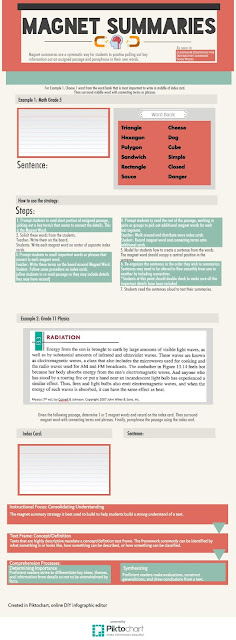 |
| http://io9.gizmodo.com/scientists-detect-a-particle-that-could -be-a-new-form-o-1562312703 |
I frequently listen to a podcast called Quirks and Quarks on CBC Radio. It is hosted by Bob Mcdonald and is labeled as a science and medicine show. It is updated weekly covering current science related topics. Topics aren't necessarily only new discoveries but cover other aspects such as what a Trump presidency means for science research. I like listening to this podcast since it is current and the information is interesting. Bob Mcdonald is also an engaging story teller and the vocabulary used in the podcasts is reasonable for understanding at a young age. I would definitely use this podcast in my classroom. I would incorporate ideas expressed in some of the episodes as well as assign ones that I thought to be important and relevant to a current topic in the class. I believe homework shouldn't always be questions of a text but exploration of ideas as well.
I like the idea of an assignment that involves students creating a podcast. There are plenty of students out there who would thrive with this type of assessment. Of course it would push other students out of their comfort zone but that's okay since plenty of great learning experiences occur there. In order to develop a podcast, students would have to do their homework to make sure their information is correct and flows smoothly from one idea to another. They are also great since students can't use imagery to support their themes. This mean they have to put extra effort into being as thorough as possible in order to communicate what they want the listener to learn. Podcast assignments would a great addition to a class blog as well. I think I may try this in the upcoming placement!












